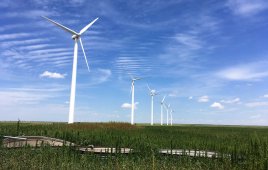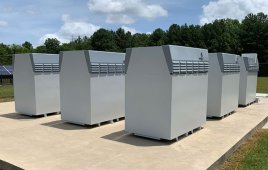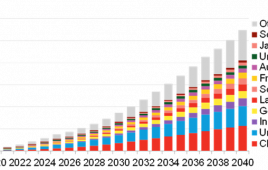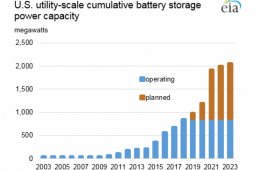Editor’s note: As before, our interest in this technology comes from how the aviation batteries will be recharged. Ideally, and appropriately, it will be from wind generated power.
Tim Grejtak / Lux Spotlight / The pace of technology
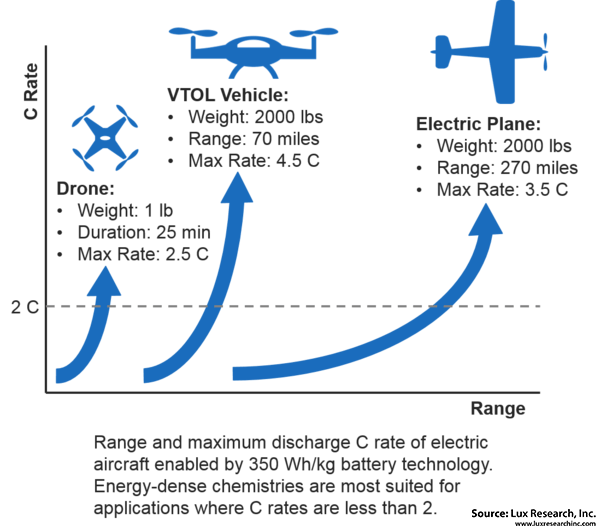
When different types of aerial vehicle were modeled, all vehicles resulted in limited range compared to fossil fueled-equivalent aircraft and peak discharge C rates greater than 2.5 due to the power requirements of flight.
The fossil fuels that enabled the jet age due to their considerable energy density may soon be yielding to electric aircraft for the same reason. Thanks to the increasing energy density of new battery chemistries, electric aerospace has received considerable attention as the future of flight. Today, most consumer and commercial drones are electric for weight and simplicity (see the report “UAV Landscape and Market Size: The Impact of Technology and Regulation on Commercial Applications” [client registration required]), and startups like Zee Aero and upstarts like Uber and Airbus’ corporate incubator A^3 have all announced they would be pursuing electric aircraft for transportation. Electric aircraft seem like a perfect fit for new energy-dense battery technology, with the aerospace industry being less sensitive to cost and cycle life considerations than the automotive sector, where these factors are key inputs to vehicle cost. However, a closer look at cell-level requirements for different aerospace platforms shows that it may not be plane sailing after all.
Generally, there are two different types of flying vehicles: rotorcraft such as helicopters and quadcopters, and fixed-wing aircraft such as traditional planes. Two different mathematical models to cover the two platforms were assembled, informed largely by David MacKay’s Sustainable Energy Without the Hot Air and disk loading calculations for rotorcraft. When different types of aerial vehicle were modeled, all vehicles resulted in limited range compared to fossil fueled-equivalent aircraft and peak discharge C rates greater than 2.5 due to the power requirements of flight. These requirements stress energy-dense technologies like solid-state electrolytes and lithium metal anodes, which are not optimized for power.
For the rest of this article: https://goo.gl/JBCZF5
Filed Under: Energy storage

